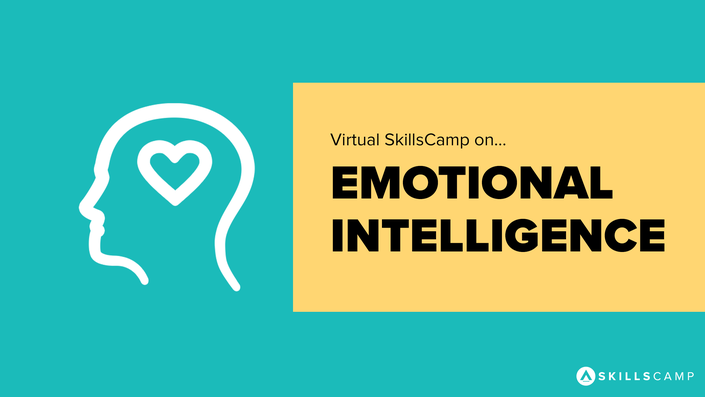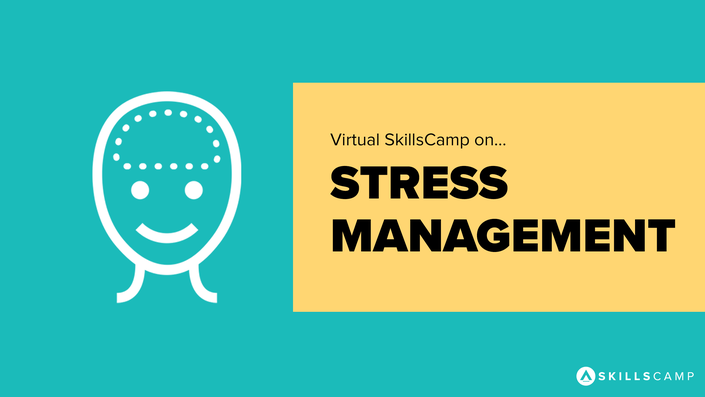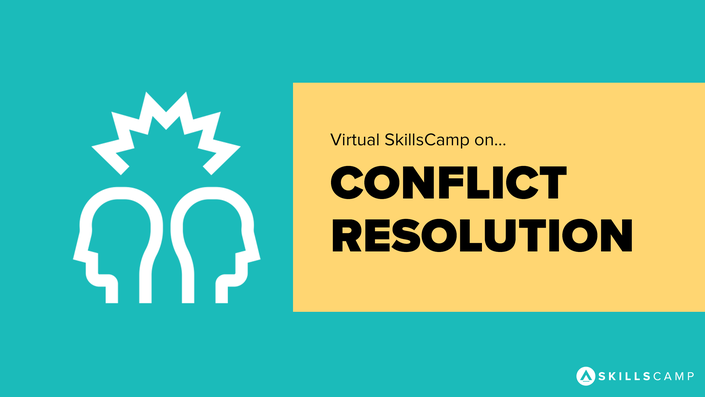Feedback is a natural and necessary part of moving projects forward, improving on the self, and keeping organizations innovative. If we want to be better than we were yesterday, we must learn to effectively seek out, receive, and give feedback without causing defensiveness or fear. When whole teams do this right, we get cultures of feedback that adapt and improve quickly. That being said, feedback is often a very difficult thing for people to give, and even more difficult to receive. So where do we start. You start with this course.
LEARNING OUTCOMES
By the end of this course, you will be able to…
- Identify different kinds of feedback.
- Identify your own blind spots and how to seek feedback on them.
- Explain how the brain can sometimes prevent us from hearing feedback that could actually help us.
- Reframe feedback and look at things more optimistically.
- Implement strategies to more effectively give and receive feedback yourself.
- Apply a tried and tested 4-part model for giving feedback more effectively.
- Understand how to make feedback more “normal” in your team culture.
“Had the opportunity to experience a presentation from SkillsCamp. Though done remotely and online, their energy came through and distance didn't detract from the validity of her points. Lots of good takeaways and insights to help myself and my company improve. Specifically, the instructor had very relatable examples and a humorous and playful delivery. This could be a dry topic, but they brought it to life in an exceptional way. They recognized the challenge of keeping everyone engaged and had interactive elements to do so. Looking forward to future sessions with SkillsCamp.”
- SkillsCamp Google Review from a Student of Our Online Learning
BENEFITS OF TAKING THIS COURSE
- Improve general skill and performance.
- Increase efficiency and agility of your organization.
- Create an organization of people not afraid to innovate.
- Build stronger relationships among employees and partners.
- Helps individuals avoid the “potential trap” of never quite reaching your potential because you’re unclear on how you come across to others and what you can change to improve.
INSIDE THIS COURSE
- 2.0 - You Did It! Welcome! (0:35)
- 2.1 - Introduction & Our Definition (1:51)
- 2.1.1 - OPENING POLL: Mastering Feedback Questions
- 2.1.2 - OPENING QUESTIONS: Other People's Answers
- 2.1.3 - DISCUSSION OF OPENING POLL: Mastering Feedback Questions (0:32)
- 2.2 - Different Types of Feedback (2:52)
- 2.2.1 - QUIZ: What type of feedback is this?
- 2.3 - Why We Really Need Feedback (2:30)
- 2.4 - Johari’s Window & Feedback (4:57)
- 2.4.1 - QUIZ: Johari's Window
- 2.4.2 - ACTIVITY: Johari's Window
- 5.1 - Giving Feedback From the Adult Ego State (6:37)
- 5.1.1 - ACTIVITY: Ego States Practice
- 5.2 - Be Specific & Reference Examples (1:15)
- 5.3 - Prepare & Structure your Feedback (2:17)
- 5.4 - Listen Actively & Empathize (2:03)
- 5.5 - Focus on the Future (0:43)
- 5.6 - SBI-A Feedback Model (7:16)
- 5.6.1 - ACTIVITY: SBI-A Feedback Exercise
- 5.7 - What If They Respond Poorly? (2:40)
- 5.8 - SECTION QUIZ: Giving [Difficult] Feedback



